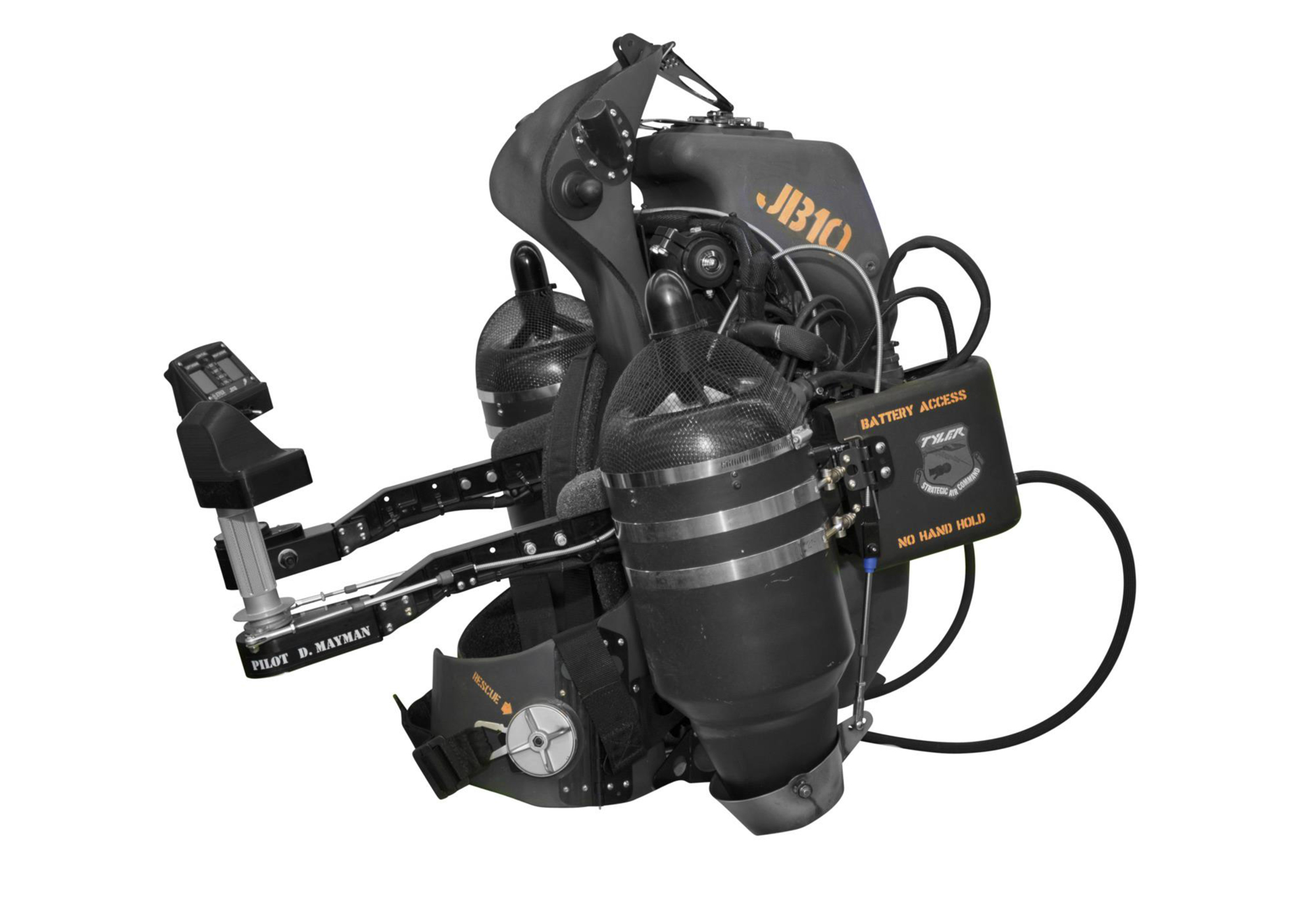Jetpacks: The Future of Transportation?

What are Jetpacks?
Jetpacks, also known as rocket packs or jet packs, are devices worn on the back that use jets of gas or liquid to propel the wearer through the air. They were first developed in the 1960s for military use, but have since been adapted for civilian use in a variety of applications.
The History of Jetpacks
The first jetpack was developed by Bell Aerosystems in 1961. It was called the Bell Rocket Belt and was used by the US Army for reconnaissance missions. However, the jetpack had a limited flight time of only 21 seconds, making it impractical for most purposes.
Since then, jetpack technology has advanced significantly. Modern jetpacks can fly for several minutes at a time and reach speeds of up to 200 miles per hour.
How Do Jetpacks Work?
Jetpacks work by using a combination of fuel and air to create thrust. The fuel is typically a liquid or gas that is ignited to create a controlled explosion. This explosion propels the wearer through the air, much like a rocket.
The Pros and Cons of Jetpacks
Pros
- Jetpacks are highly maneuverable and can fly in any direction.
- They can be used in a variety of applications, from firefighting to search and rescue.
- Jetpacks are relatively quiet compared to other forms of aviation.
Cons
- Jetpacks are expensive, with prices ranging from $100,000 to $250,000.
- They have a limited flight time, typically only a few minutes.
- Jetpacks require a high level of skill and training to operate safely.
Applications of Jetpacks
Jetpacks have a wide range of applications, from military to civilian use. Here are just a few examples:
Firefighting
Jetpacks can be used by firefighters to reach high-rise buildings quickly and safely. They can also be used to access hard-to-reach areas, such as rooftops and balconies.
Search and Rescue
Jetpacks can be used by search and rescue teams to quickly locate and rescue people in remote or inaccessible areas. They can also be used to transport medical supplies and equipment to the scene of an emergency.
Sport and Recreation
Jetpacks are becoming increasingly popular for sport and recreation. They can be used for activities such as racing, acrobatics, and aerial stunts.
FAQ
What is the maximum speed of a jetpack?
The maximum speed of a jetpack is around 200 miles per hour.
How long can a jetpack fly for?
Most jetpacks have a flight time of only a few minutes.
How much does a jetpack cost?
Jetpacks can cost anywhere from $100,000 to $250,000.
Is it safe to fly a jetpack?
Jetpacks require a high level of skill and training to operate safely. They can be dangerous if not used properly.
The Future of Jetpacks
Jetpacks are still in the early stages of development, but they hold a great deal of promise for the future of transportation. With continued advances in technology, it is possible that jetpacks could become a common mode of transportation in the coming years.
While there are still many challenges to overcome, such as safety and cost, the potential benefits of jetpacks are too great to ignore. Whether for military, civilian, or recreational use, jetpacks could change the way we think about transportation forever.
